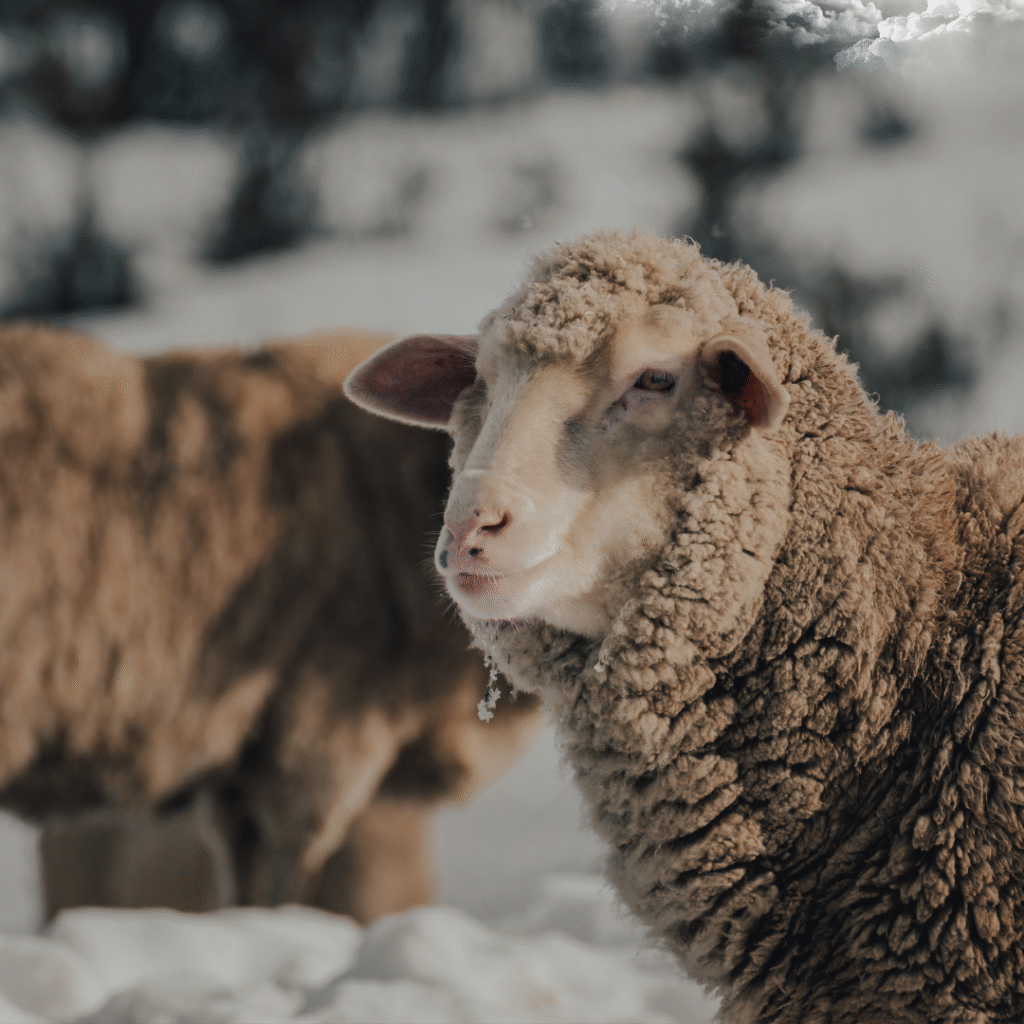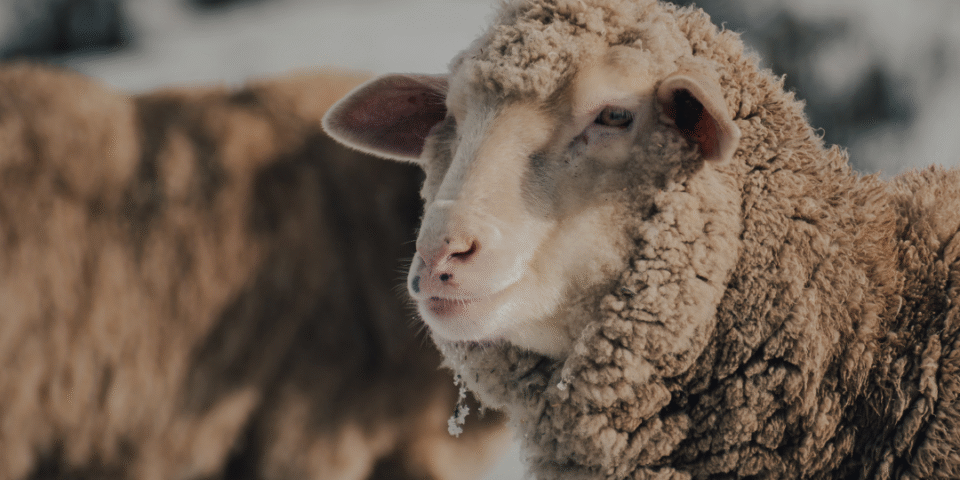Many people wonder: is merino wool itchy? The answer depends on several factors, including fiber quality, garment construction, and personal sensitivity. Merino wool is one of the most popular types of wool used in clothing, especially for sweaters, base layers, scarves, and outdoor gear. Known for its softness, warmth, and breathability, it has become a favorite for both casual and performance wear.
What Is Merino Wool?
Merino wool comes from Merino sheep, a breed originally from Spain but now widely raised in Australia, New Zealand, and other countries. Unlike regular wool, merino fibers are extremely fine, often measuring 17–24 microns in diameter. For comparison, coarse wool can exceed 30 microns, which is more likely to feel rough or prickly.
Key Properties:
- Softness: Fine fibers reduce itchiness and irritation.
- Thermal regulation: Keeps you warm in cold weather and cool in warm weather.
- Moisture-wicking: Absorbs sweat and dries quickly.
- Odor resistance: Naturally resists bacteria that cause smells.

Why Some People Find Wool Itchy
Even merino wool can sometimes feel itchy. This usually depends on:
- Fiber Diameter
- Fibers under 20 microns are generally considered non-itchy.
- Fibers over 23 microns may feel rough against sensitive skin.
- Skin Sensitivity
- People with sensitive skin may feel irritation even from fine merino.
- Conditions like eczema or psoriasis can make any wool uncomfortable.
- Garment Construction
- Tight weaves or poorly finished seams can cause friction and itchiness.
- Thick knits may trap fibers that rub against the skin.
- Washing and Care
- Improper washing can leave residues or make fibers stiff, increasing discomfort.
- Using harsh detergents may reduce softness.
How to Minimize Itchiness
If you’re sensitive but want the benefits of merino wool, consider these tips:
- Choose fine or ultrafine merino: Look for yarn labeled 17–19 microns.
- Layer wisely: Wearing a thin cotton or silk base layer can prevent direct skin contact.
- Check knit density: Looser knits are often softer and less irritating.
- Proper washing: Use gentle detergents and cold water, and lay flat to dry.
- Avoid pilling: Pilling increases friction and can make the garment feel scratchy.
Benefits of Merino Wool Beyond Comfort
Even if some sensitivity exists, merino wool offers advantages:
- Versatility: Works for casual, formal, and outdoor clothing.
- Durability: Fine merino fibers are resilient and long-lasting.
- Eco-friendly: Natural, biodegradable, and renewable fiber source.
- Temperature regulation: Excellent for outdoor activities and variable climates.
No, for the vast majority of people, Merino wool is not itchy. In fact, it’s renowned for its exceptional softness and is often worn directly against the skin as a base layer. The common belief that all wool is itchy comes from experience with traditional, coarser types of wool. Merino wool is fundamentally different.
Let’s break down why.
The Science of the Itch
The “itchiness” of a fabric isn’t usually an allergic reaction; it’s a physical one. It all comes down to the diameter of the fiber, measured in microns (a millionth of a meter).
When a coarse, thick fiber (typically over 25 microns) is pressed against your skin, it’s too stiff to bend. Instead, it pokes and pricks the surface, irritating the nerve endings and creating that scratchy, itchy sensation. This is common with the rugged wool used in traditional, heavy sweaters or blankets.
Why Merino Wool is Different
Merino wool comes from the Merino sheep, a breed known for producing incredibly fine, soft wool. The secret to its comfort lies in its low micron count.
- Fine Fibers: Merino fibers are typically between 15 and 24 microns in diameter. The highest quality, “ultrafine” Merino, can be even thinner than a human hair.
- Bends, Doesn’t Poke: Because these fibers are so fine and flexible, they simply bend and conform to the shape of your skin when you wear them. They don’t have the stiffness to prick your nerve endings, resulting in a sensation of softness, not itchiness.
More Than Just Softness
The unique properties of Merino wool go far beyond just being comfortable. It’s often called a “super fabric” or “performance fiber” for several reasons:
- Temperature Regulating: Merino fibers are excellent insulators. They trap air to keep you warm in the cold, but they are also highly breathable, releasing heat and moisture to keep you cool when it’s warm.
- Moisture-Wicking: It can absorb up to 30% of its own weight in moisture without feeling damp. It actively pulls sweat away from your skin as a vapor, keeping you dry and comfortable during physical activity.
- Odor-Resistant: Merino wool is naturally antimicrobial. The complex structure of its fibers makes it difficult for odor-causing bacteria to grow, meaning you can wear it for days without it smelling bad.
- UV Protection: It provides natural protection from the sun’s harmful UV rays.
Are There Any Exceptions?
While extremely rare, there are a couple of instances where someone might find Merino wool irritating:
- Extremely Sensitive Skin: A very small percentage of the population has hypersensitive skin that may react to any type of wool fiber, no matter how fine.
- Lanolin Allergy: Some people are allergic to lanolin, the natural wax found in sheep’s wool. However, most lanolin is removed during the manufacturing process, making this a very uncommon issue.
- Quality Varies: Like any natural material, the quality of Merino can differ. Lower-grade Merino or blends might contain some coarser fibers, which could feel less soft than premium, ultrafine Merino garments.
Ultimately, the idea that wool is itchy is a misconception based on outdated experiences. Merino wool’s fine, flexible fibers make it one of the softest, most comfortable, and highest-performing natural fabrics you can wear.
So, is merino wool itchy? For most people, the answer is no. Merino wool is much softer than traditional wool and is designed to provide comfort against the skin. However, those with extremely sensitive skin or specific conditions may still notice mild irritation. Choosing fine or ultrafine merino, layering properly, and caring for your garments can largely eliminate any itchiness while letting you enjoy the warmth, softness, and versatility that merino wool offers.
If you want, I can create a comparison chart showing merino wool vs. regular wool vs. synthetic fibers, highlighting itchiness, warmth, softness, and ideal uses. This makes it easy to see why merino is often preferred.
Do you want me to make that chart?

